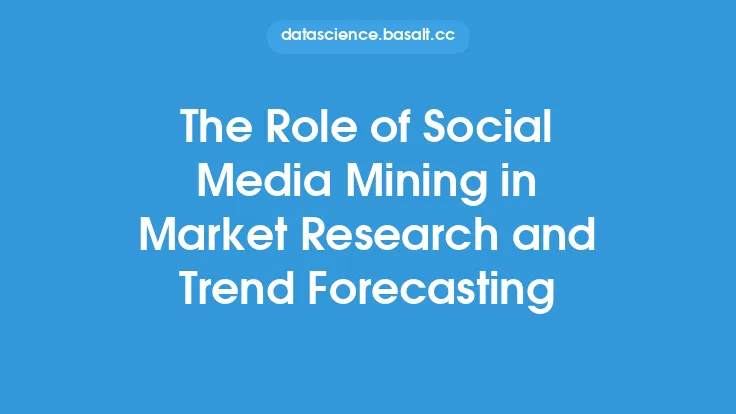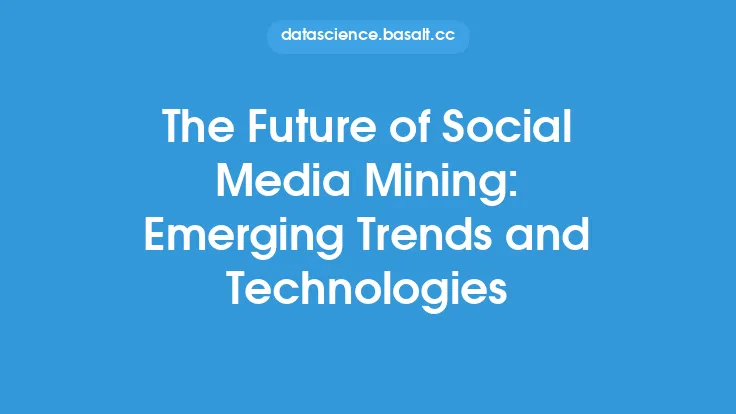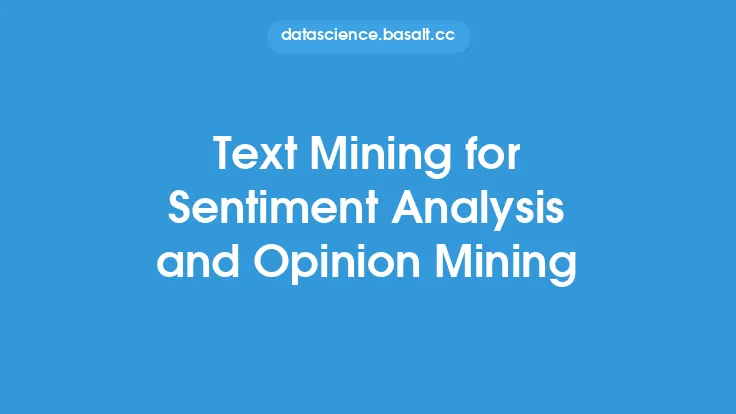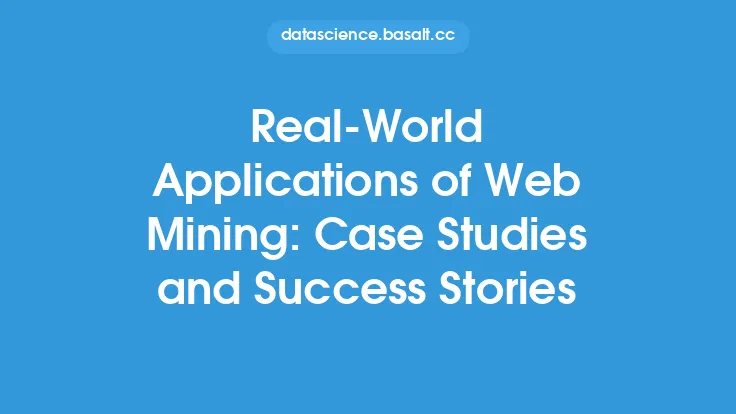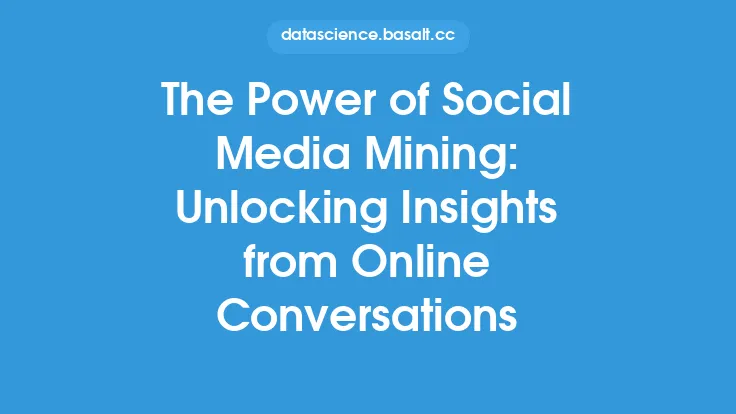The increasing use of social media platforms has led to a vast amount of user-generated data, which can be leveraged for various purposes, including public health research and surveillance. Social media mining, a subfield of data mining, involves the application of data analytics techniques to extract insights and patterns from social media data. In the context of public health, social media mining can be used to monitor disease outbreaks, track health trends, and identify risk factors.
Introduction to Social Media Mining for Public Health
Social media mining for public health research and surveillance involves the collection, analysis, and interpretation of social media data to inform public health decisions. This can include analyzing tweets, Facebook posts, and other online conversations to identify trends and patterns related to health topics. Social media mining can be used to track the spread of diseases, monitor vaccine uptake, and identify areas of high risk. For example, during the COVID-19 pandemic, social media mining was used to track the spread of the disease, identify areas of high transmission, and monitor public perceptions of vaccination.
Data Collection and Preprocessing
The first step in social media mining for public health research is data collection. This involves gathering social media data from various platforms, such as Twitter, Facebook, and Instagram. Data collection can be done using APIs, web scraping, or other data collection methods. Once the data is collected, it needs to be preprocessed to remove noise, handle missing values, and transform the data into a suitable format for analysis. Preprocessing techniques, such as tokenization, stemming, and lemmatization, can be used to normalize the text data and reduce its dimensionality.
Text Analysis and Sentiment Analysis
Text analysis and sentiment analysis are crucial steps in social media mining for public health research. Text analysis involves extracting insights and patterns from unstructured text data, such as tweets and Facebook posts. Sentiment analysis, on the other hand, involves determining the emotional tone or sentiment of the text data, such as positive, negative, or neutral. Sentiment analysis can be used to monitor public perceptions of health topics, such as vaccination or disease outbreaks. For example, a sentiment analysis of tweets about vaccination can help identify areas of high vaccine hesitancy and inform targeted public health interventions.
Machine Learning and Predictive Modeling
Machine learning and predictive modeling are essential techniques in social media mining for public health research. Machine learning algorithms, such as supervised and unsupervised learning, can be used to classify social media data, identify patterns, and make predictions. Predictive modeling can be used to forecast disease outbreaks, predict vaccine uptake, and identify areas of high risk. For example, a machine learning model can be trained on historical social media data to predict the likelihood of a disease outbreak in a given area.
Network Analysis and Visualization
Network analysis and visualization are important techniques in social media mining for public health research. Network analysis involves studying the relationships and interactions between individuals, groups, and organizations on social media. Visualization techniques, such as graph theory and network visualization, can be used to represent complex social media data in a clear and intuitive way. Network analysis and visualization can be used to identify influential individuals, track the spread of diseases, and monitor public health trends.
Applications and Case Studies
Social media mining has numerous applications in public health research and surveillance. For example, it can be used to track the spread of diseases, monitor vaccine uptake, and identify areas of high risk. Case studies have demonstrated the effectiveness of social media mining in public health research, such as tracking the spread of COVID-19, monitoring public perceptions of vaccination, and identifying areas of high vaccine hesitancy. Other applications of social media mining in public health research include monitoring mental health trends, tracking substance abuse, and identifying areas of high risk for chronic diseases.
Challenges and Limitations
While social media mining has numerous applications in public health research and surveillance, there are several challenges and limitations to consider. For example, social media data can be noisy, biased, and incomplete, which can affect the accuracy and reliability of the results. Additionally, social media mining raises ethical concerns, such as privacy and confidentiality, which need to be addressed. Furthermore, social media mining requires specialized skills and expertise, such as data analytics and machine learning, which can be a barrier to adoption.
Future Directions and Opportunities
Despite the challenges and limitations, social media mining has numerous opportunities and future directions in public health research and surveillance. For example, the increasing use of social media platforms, the development of new data analytics techniques, and the growing availability of social media data all contribute to the potential of social media mining in public health research. Future directions include integrating social media mining with other data sources, such as electronic health records and sensor data, to create a more comprehensive picture of public health trends and risks. Additionally, social media mining can be used to develop targeted public health interventions, such as personalized messaging and behavioral nudges, to improve health outcomes and reduce health disparities.
